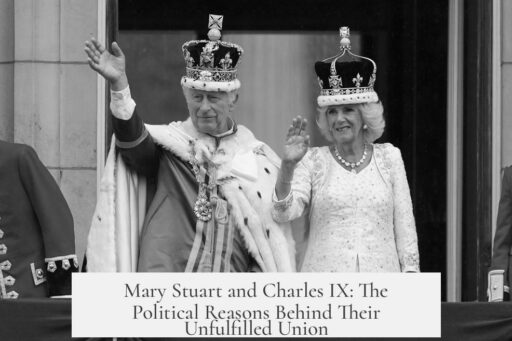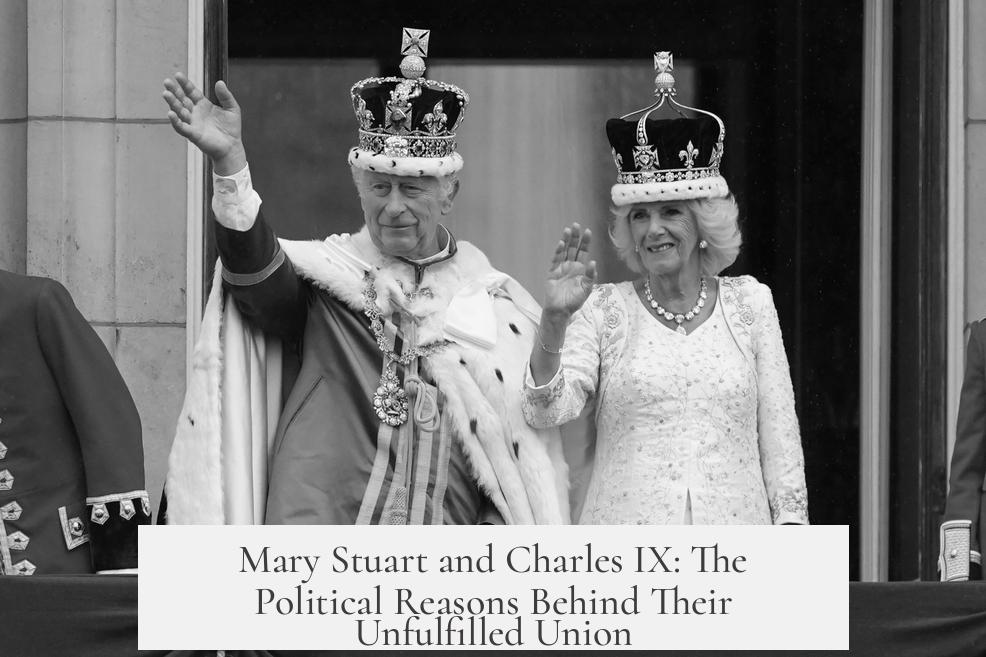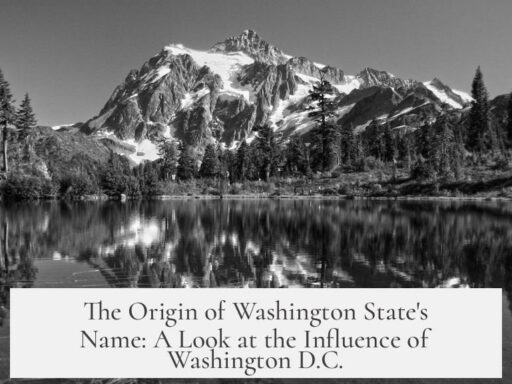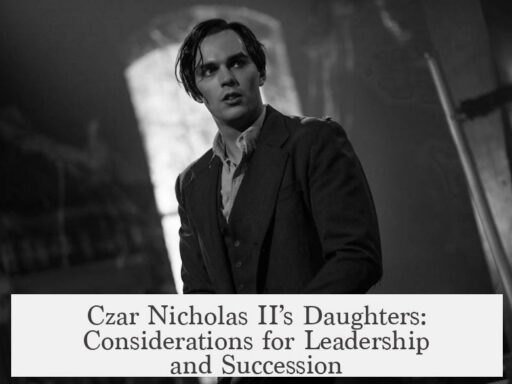Mary Stuart did not marry Charles IX largely due to political and religious tensions surrounding Catherine de Medici’s dislike of Mary and the shifting alliances between France and Scotland. Catherine de Medici distrusted Mary because of her strong Guise family ties. The House of Guise had a significant influence in France and was deeply involved in Catholic opposition to the Protestant Huguenots. Mary’s mother, Mary of Guise, and her uncles led the Catholic League, which intensified religious conflicts in France. A marriage between Mary Stuart and Charles IX risked increasing the Guises’ power at the French court, jeopardizing Catherine’s own position as regent.
Catherine’s concern stemmed from the fact that the Guise family’s control over King Charles IX could marginalize her political influence. Mary Stuart was eighteen years old, and marrying her to the young king would effectively transfer control of the French crown to the Guises. This shift in power could destabilize France further by empowering a faction already associated with religious persecution and civil unrest.
In addition to internal French politics, the wider geopolitical situation also played a role. By 1560, Scotland had undergone a Protestant Reformation and signed the Treaty of Edinburgh, aligning itself more with England and less with France. This change weakened the traditional ‘Auld Alliance’ between France and Scotland. With Scotland no longer firmly pro-French, the value of a marital alliance between Mary and Charles IX diminished significantly.
- Catherine de Medici opposed Mary Stuart due to the influence of the powerful and militant Catholic Guise family.
- Marriage would strengthen the Guise faction, threatening Catherine’s regency and political control.
- Religious tensions in France made strengthening Guise power dangerous amidst ongoing conflicts.
- Scotland’s political shift toward England reduced the strategic value of a Franco-Scottish marriage alliance.
These combined factors made the marriage between Mary Stuart and Charles IX politically unfeasible and undesirable at the time.
Why Didn’t Mary Stuart Marry Charles IX? The Real Story Behind Royal Romance That Never Was
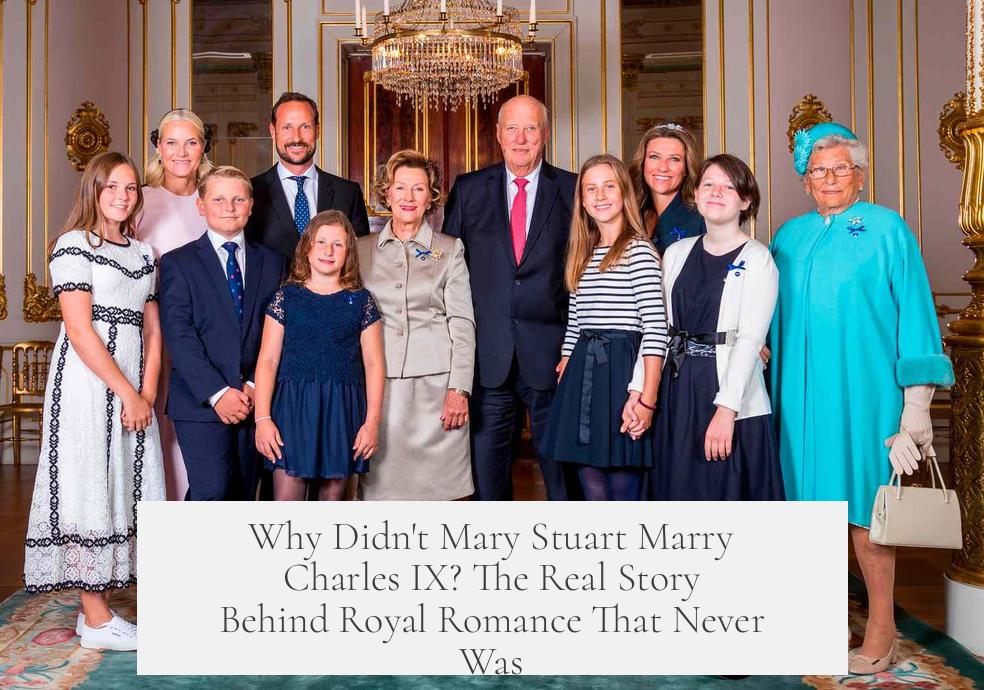
Mary Stuart, the Queen of Scots, never married Charles IX, the King of France, and the reasons are far from simple. Contrary to popular romance novel plots, political power, religious tensions, and family legacies drove a wedge between this would-be royal union. Let’s dive into the tangled web of 16th-century European politics and unearth why these two monarchs never exchanged vows.
At first glance, marrying Mary Stuart to Charles IX seems like a brilliant match. After all, Mary was already Queen of Scots and had strong French connections. Yet, the expected French-Scottish alliance through marriage fizzled out quietly. What stopped this union from becoming a royal reality?
Catherine de Medici’s Cool Shoulder: A Matriarch with a Mission
The key player behind this failed royal match is none other than Catherine de Medici, Charles IX’s mother and the formidable regent of France during his minority. Catherine’s opinion carried the weight of a thousand courtiers, and she was far from enthusiastic about marrying her son to Mary.
Why? The answer lies in Mary Stuart’s maternal lineage: the powerful House of Guise. The Guise family was no ordinary bunch of nobles; they were a giant shadow looming over French politics, with clear and ambitious claims to the throne. Their influence was like a double-edged sword—strong enough to sway kingdoms but also dangerous to mess with.
Mary’s mother, Mary of Guise, and her uncles were leaders of the Catholic League. This militant faction was famous for its harsh persecution of French Huguenots—Protestants who sought to practice their faith peacefully. In contrast, Catherine de Medici was trying to navigate a middle way. Her policy tilt was toward tolerating the religious minorities, aiming to keep France from tearing itself apart in yet another religious civil war.
Imagine Catherine’s resentment this way: granting her son’s hand to Mary Stuart essentially handed the crown over to the Guise family. This meant a sudden and potent surge in Guise influence that could jeopardize Catherine’s grip on power as regent. Worst of all, it risked reigniting fresh religious conflicts during a rattling period of fragile peace.
The Guise Factor: Why More Was Not Merrier
The Guise family influence wasn’t something to overlook. At the time, religious wars were as common in France as bad wine at a forgotten banquet. Catherine was well aware that marrying Mary to Charles would empower the Guise family’s hardline Catholic agenda at court.
Such a union would make the Guise unavoidably supreme, reducing Catherine’s influence to mere shadow puppetry. To her, that was a political nightmare.
So, Catherine’s dislike was practically a strategic move to maintain balance at court. More Guise power meant one thing: instability. She wasn’t about to let her son’s throne become a battleground for Guise ambition and religious fanaticism. That’s a lesson in political chess if ever there was one.
The Scottish Shift: Why France Lost Interest in the Match
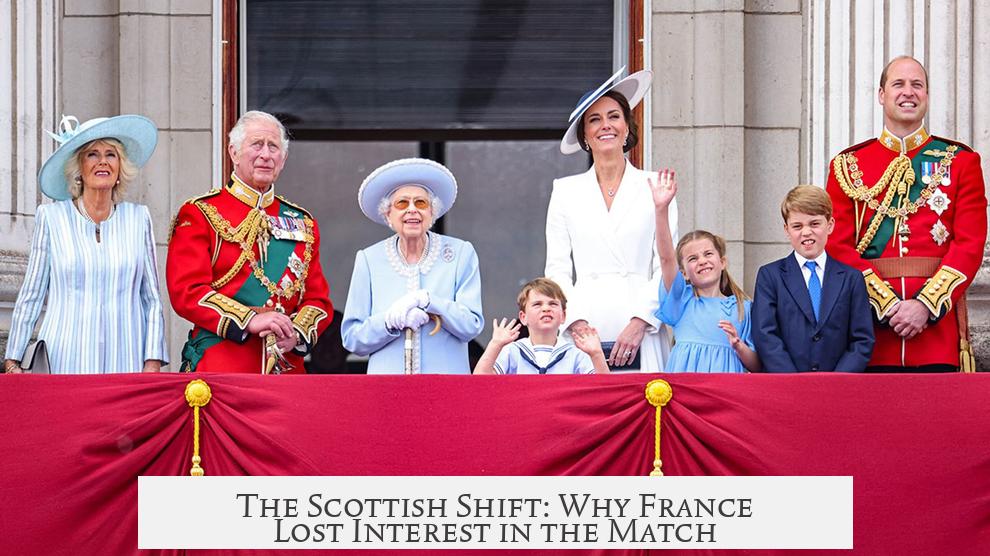
It’s not just about internal French drama. Scotland itself was moving in a different direction. Around the time Mary was eighteen—prime marriage age for queens and kings—the Reformation had made deep roots in Scotland. The 1560 Treaty of Edinburgh symbolized a massive pivot, ending the centuries-old Auld Alliance that had bound Scotland and France.
This treaty is a big deal. Think of it like Scotland officially changing teams from supporting France to supporting England. By this token, the political advantage of marrying Charles IX to Mary dropped sharply.
France’s already shaky relationship with the Guise family plus Scotland’s political realignment made the marriage lose its luster. Why tie the knot with a queen who now stood firmly with England, France’s rival?
France needed alliances that strengthened their position, not ones that muddled their strategic objectives. The Scots’ new pro-English stance meant the marriage was less of a blessing and more of a diplomatic headache.
So What Can We Learn from this Royal Snub?
Mary Stuart’s marriage prospects, especially to Charles IX, weren’t about love or fairy-tale destinies. The deal was all about power balances, religious policies, and shifting alliances. Whitney’s Guide to Court Intrigue would probably say, “Marry for power, not for romance.” Catherine de Medici played her cards with surgical precision, keeping the throne safe from the Guise storm and the plague of religious war.
Mary’s story reminds us how personal lineage and geopolitical currents intertwine. If only today’s relationship troubles involved less war and more witty comebacks!
Final Thoughts: Political Chess Over Marital Bliss
Ultimately, the non-marriage of Mary Stuart to Charles IX was a calculated political safeguard. Catherine de Medici’s dislike stemmed from a deep distrust of the Guise family’s growing power, coupled with the realignment of Scotland’s alliances away from France. This combination rendered the proposed union both unwise and risky.
So, when considering why these royal figures never tied the knot, remember that history isn’t about hearts but crowns. Behind closed palace doors, power trumps romance, and marriages are alliances, not love stories.
Could Mary Stuart have changed the course of French history if she’d married Charles IX? One can only wonder. But for now, the tale of why they never married stands as a vivid chapter in the grand saga of European power plays.
Why was Catherine de Medici opposed to Mary Stuart marrying Charles IX?
Catherine de Medici disliked Mary Stuart because of her Guise heritage. The Guise family claimed the French throne and led Catholic persecution against Huguenots, clashing with Catherine’s policies. Marrying Mary would strengthen Guise power, threatening Catherine’s control.
How did Mary Stuart’s family ties affect the marriage negotiations?
Mary’s ties to the House of Guise made Catherine wary. The Guise actively opposed her religious policies and held power in France. A marriage to Charles IX would increase their influence in the French court, reducing Catherine’s own regency authority.
Did the political shift in Scotland influence the marriage decision?
Yes, by 1560 Scotland had shifted toward England after the Treaty of Edinburgh. The pro-English stance made an alliance with Scotland less valuable. This weakened the political incentive for marrying Mary Stuart to Charles IX.
Was the religious conflict in France a factor in blocking the marriage?
Religious tensions were significant. The Guise family, Catholic leaders, persecuted French Huguenots. Catherine supported a more tolerant approach, so increasing Guise influence through marriage risked worsening conflicts.
Could marrying Mary to Charles IX have weakened Catherine’s power?
Yes, such a marriage would boost Guise control over the crown, undermining Catherine’s regency. She needed to protect her political authority and prevent the Guise family from dominating the French throne through Mary Stuart.
